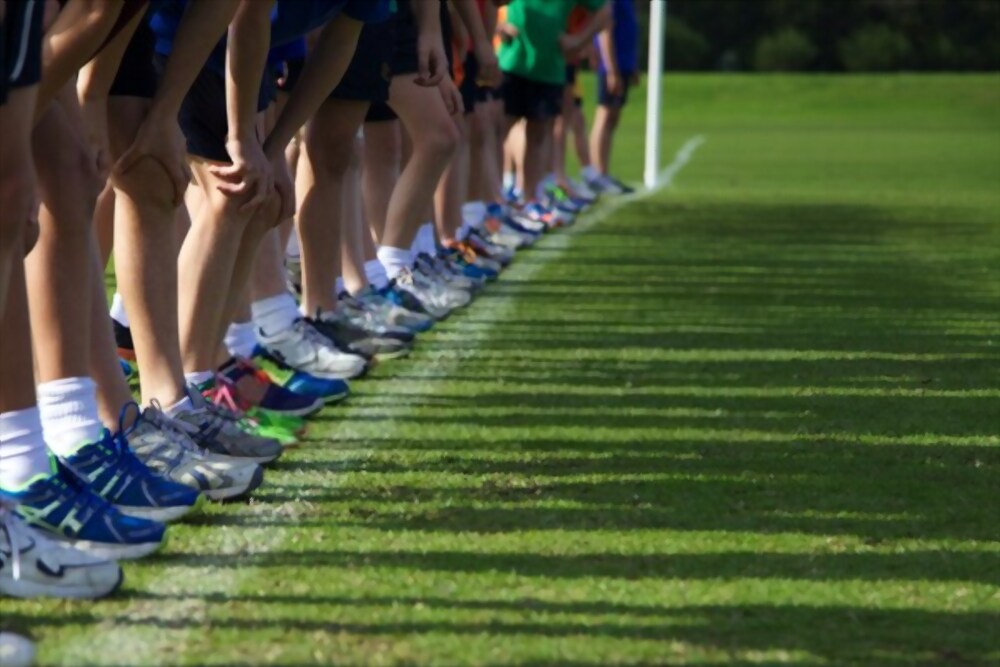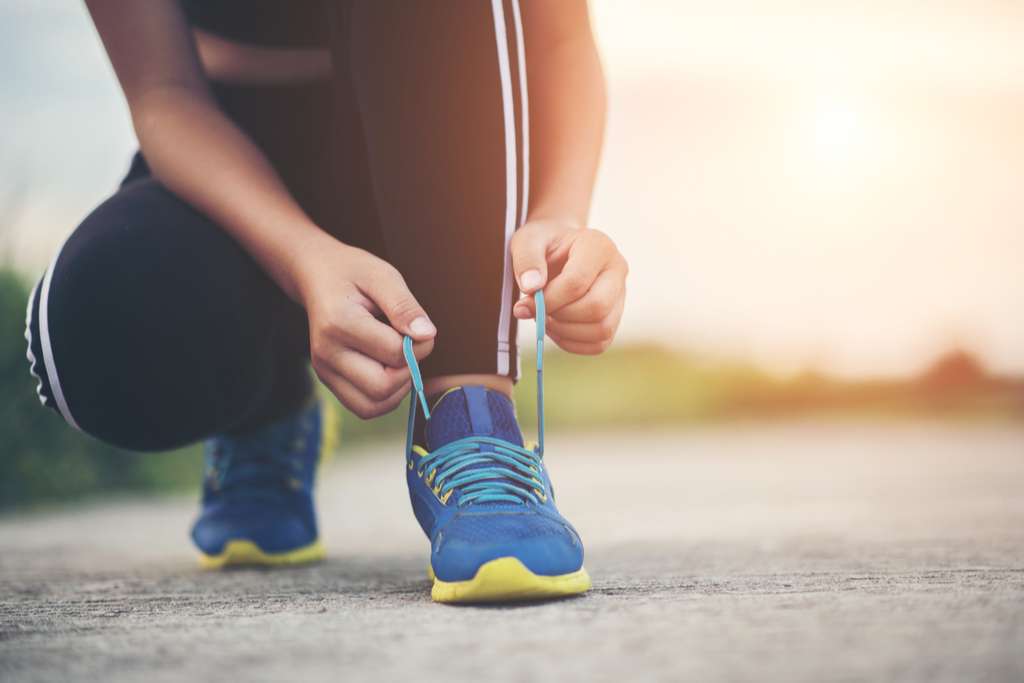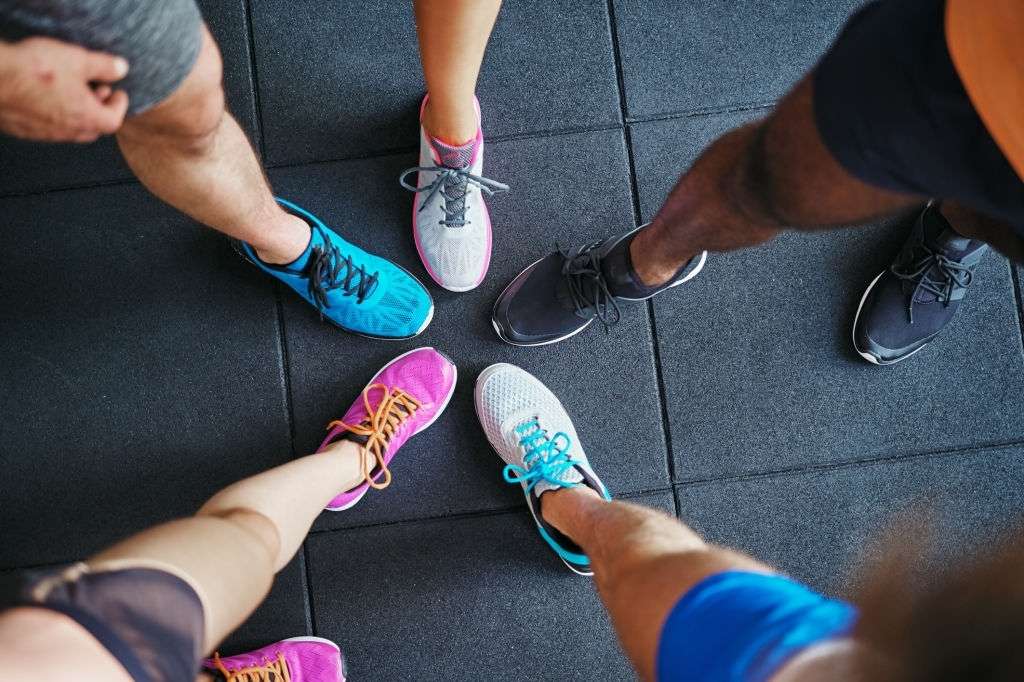When choosing shoes, besides eye-catching looks, you should pay attention to the features of the shoe to match your running goals, terrain, foot characteristics.
Sneakers are one of the essential items for runners. The following factors will help you choose the right shoes for your training goals.
Terrain Determination
First of all, you need to determine your conquest goal and the terrain that will run is asphalt, steep mountain roads, or on exercise machines. For each landscape, manufacturers will choose different materials.
Specifically, road-running shoes are types of shoes designed to run on flat roads, sidewalks, and some terrain with light roughness. These shoes are usually very lightweight, flexible, and are made with padding or stabilizers when running on hard surfaces.
Meanwhile, trail running shoes have thick rubber pads under the sole, enhancing the adhesion and protecting the feet, helping runners avoid pain when running on concave, rocky, root surfaces trees and obstacles.
Cross-training shoes are designed specifically for the gym or running machine.

Determine The Type of Foot
The pronation is the grounding movement of the foot when a person walks or runs. To determine the type of ankle misalignment, you can look at the worn part of the sole.
Depending on ankle deflection, you should be mindful of elasticity, reducing the force of the ground impact on the foot, balance, and the shoe’s ability to control movement. There are three types of legs: standard, inward, and outward.
The standard form is when the foot lands with the outer edge of the heel, gradually tilted in about 15 degrees, then to the toes. The front part of the foot will push the body forward. Feet will not be damaged by balanced body weight, reduced shock. Everyday foot wearers are suitable for moderately padded shoes.
The internal deviation is a low arch, flat feet. The foot lands with the outer edge of the heel. Then the foot will flip very deeply into the inner edge. The bodyweight is pushed up on the big toe and the edge of the foot. The thumb and second finger will push the body forward, so runners often experience muscle tension, calluses, heel pain, leg bone pain, deformation of the big toe. If you have an inward-footed foot, wear motion-control shoes to limit excessive foot flipping.

The phenomenon of outward deviation is that the foot after landing, instead of turning inwards, depends a lot outwards, the bodyweight is on the little toe and the outside of the foot, massive shock. Thrust from the little toe, 4th toe, and the outer edge of the foot create a high arch. Feet are very concave. If the foot is outward, choose a heavily cushioned shoe to support the foot inwards.
Note The Parts of The Shoe.
When choosing a shoe, you need to pay attention to the parts of the shoe: uppers, sole pad, shoe sole, heel sole, exclusive pad, heel-to-toe height index.
Accordingly, each part will be designed by the manufacturer with different materials to suit each type of foot or terrain. For example, most shoe soles are made of carbon rubber with a rough surface. Expanded rubber has a better smoothness than commonly used in the brisket of the foot. Trail runners or hilly runners typically choose shoes with a carbon-rubber outsole to avoid scratches, while roadrunners often opt for hatched rubber soles that reduce weight.


